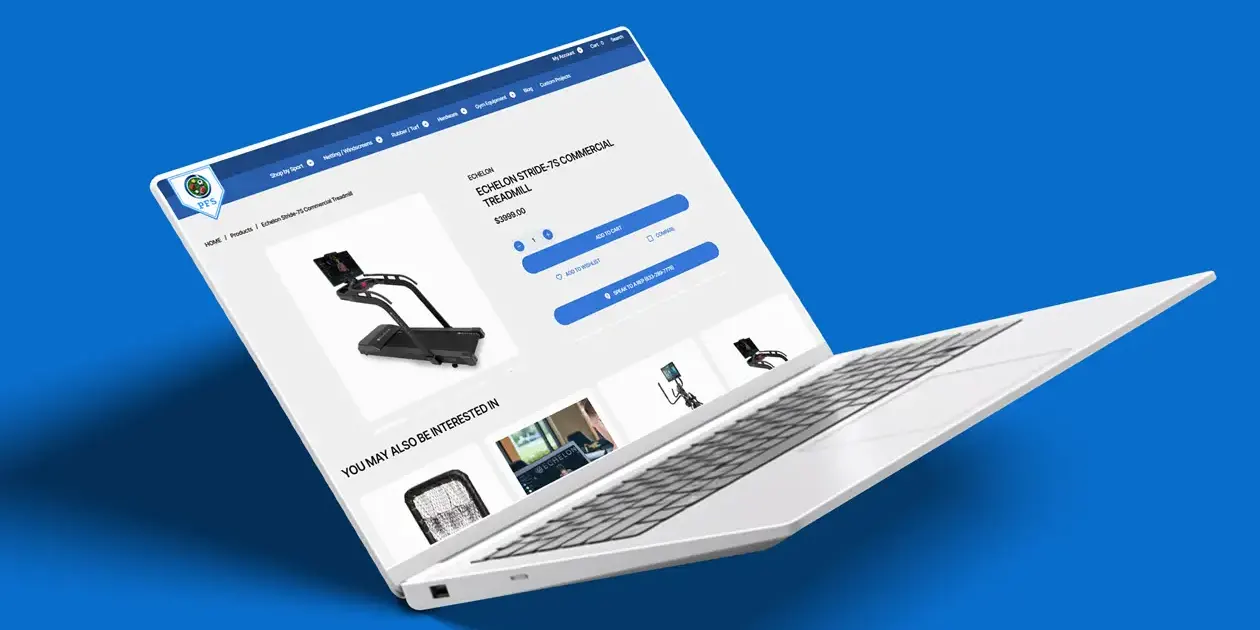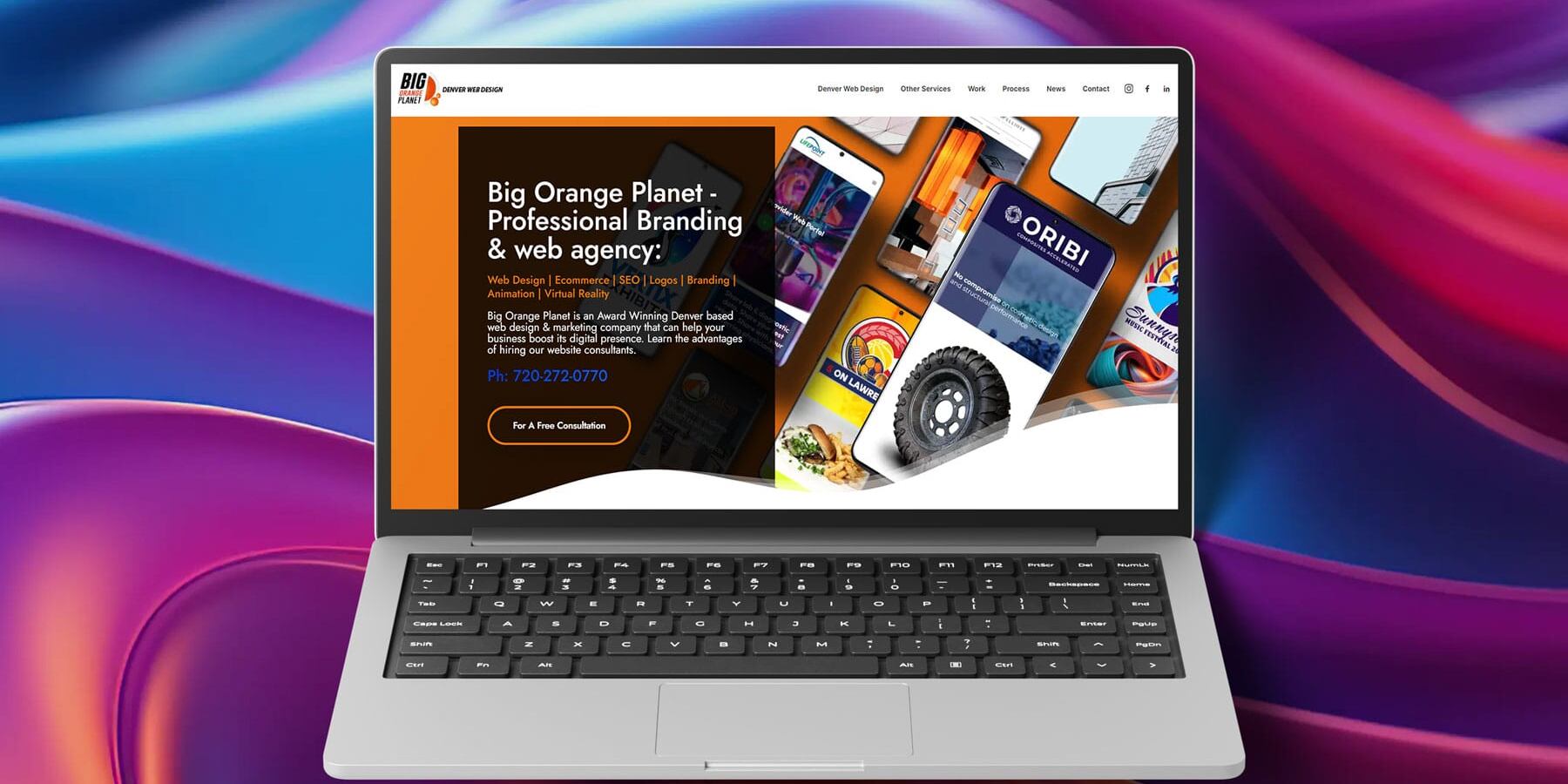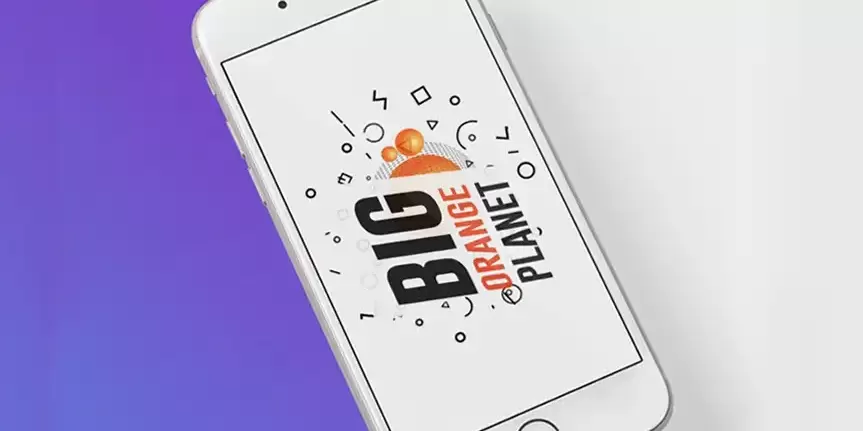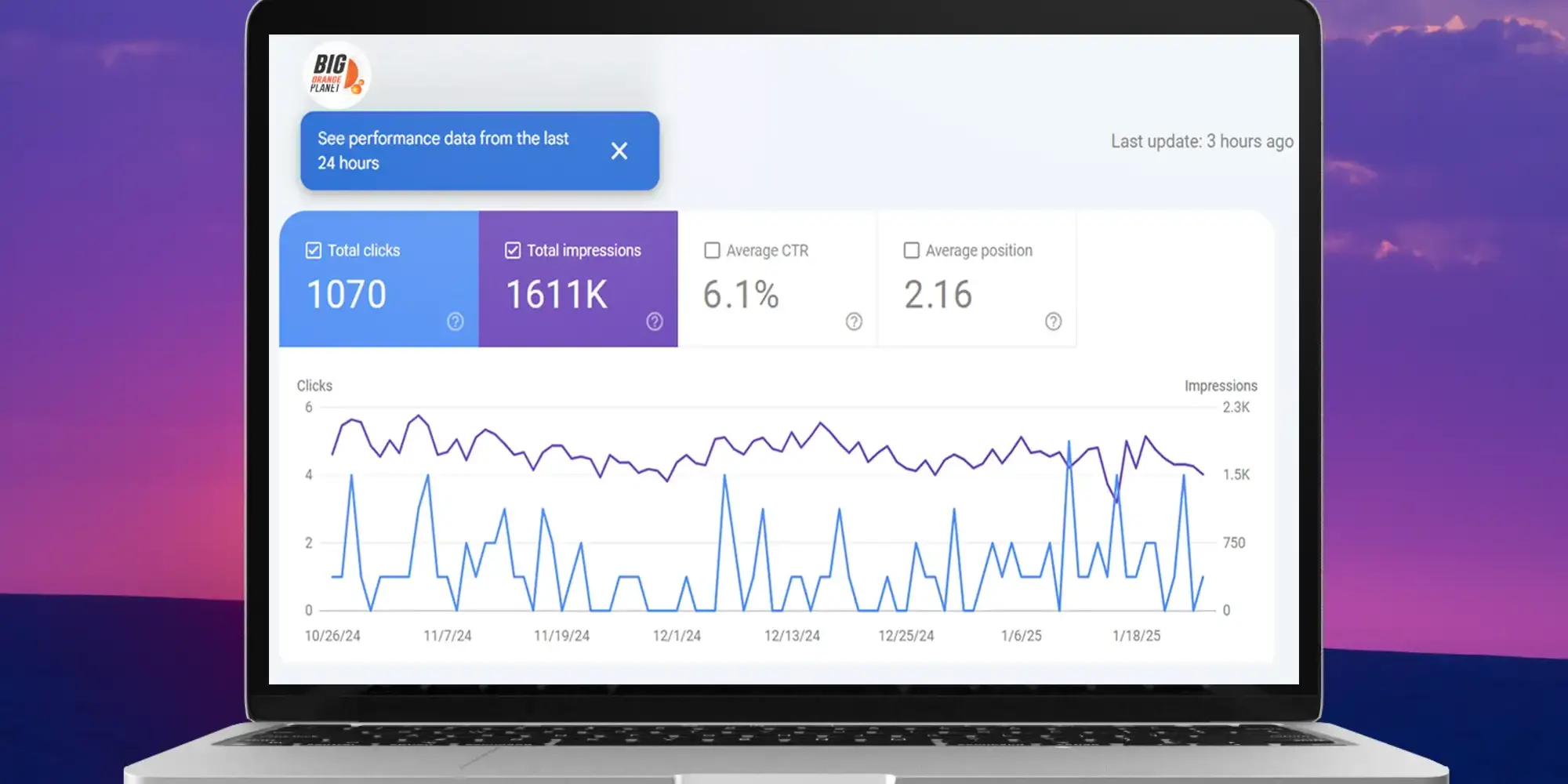Why Icons8’s Library Has Traction Across Disciplines
Icons8 bet early that teams need coherent icon systems, not just more icons. Families behave like typefaces, with consistent stroke weights, corner radii, and metaphors, so you can swap outline for filled or color without rethinking your UI grammar. That pays off across roles. Designers get a dependable grid and a tight metaphor set for design systems.
Developers get predictable SVG attributes and sane naming that survives CI. Students and teachers get a bridge from clip art to production craft. Marketers and content managers can assemble campaigns fast without rights wrangling. Startups ship a credible v1, then refresh the look later without redesign debt.
The catalog is large, but the real value is continuity. A search for calendar returns variants that actually match. Mixing styles becomes a deliberate brand decision, not a compromise forced by gaps.
Coverage And Style System: Families That Scale
A practical library must cover platform-native looks, neutral outlines for product UIs, and expressive color or playful styles for marketing. Icons8 does that with families like iOS Glyph, iOS Outline, Material, Fluent, Glyph, Doodle, and Color. The grid is the quiet hero. Sets sit on 16, 20, 24, or 32 px boxes and keep a style’s stroke logic inside that box. A 24 px outline icon typically holds a 1.5 to 2 px stroke equivalent and consistent corner behavior, so icons do not jitter when aligned. Scale up and the vectors stay crisp, but only if anchors land on
the grid. Icons8 keeps them there, which reduces hairline blur at non-integer scales. In classrooms you can line up an outline calendar beside its filled twin and show how counters, joins, and negative space carry across weights. In a startup you pick one family and you are covered for navigation, actions, media, commerce, and status for a 1.0.
Animated icons round out common metaphors like loading, like, share, and success. GIF and vector exports drop into web, iOS, and Android without an After Effects detour.
File Formats, Asset Delivery, And Production Reality
Pretty previews mean little if the assets fight your pipeline. Icons8 ships PNG and SVG across the board, with PDF and other vectors where relevant. SVG is the workhorse. You can inline it in HTML, reference it via <img>, or compile to symbol sprites for caching. Paths are clean, groups are simple, and exotic features are rare, which makes SVGO and bundlers happy.
In browsers, SVG unlocks CSS control over fills and strokes and gives you a DOM node you can label and test. In design tools, PNGs are fine for quick wires, but going vector early avoids drift. Pichon, the desktop app, caches sets locally and lets you drag assets into
Figma, Sketch, or Illustrator, a lifesaver in classrooms and locked-down enterprise networks. On mobile, you can still export raster buckets, but modern builds prefer vectors. Web gets SVG, iOS gets vector PDFs, Android gets VectorDrawable or SVG. Icons8’s vector-first delivery fits that reality.
Editing, Theming, And The In-Browser Icon Editor
The in-browser editor earns its keep. Recolor, add a container, round corners, export, done. Batch edits still belong in Figma or scripts, but one-off marketing asks like “brand coral arrow on a 40 px rounded square” are a two-minute job.
Stroke and weight parity across styles is tuned. Filled variants at the same nominal size can read heavy, but Icons8’s pairs are balanced so swaps rarely break rhythm. Still eyeball a few placements. In product work, outline for secondary, filled for primary reads cleanly. For content teams, quick background shapes turn icons into social buttons without masks.
Accessibility And Internationalization
Icons8 does not ship accessibility for you, but it gives you raw material that plays well with it. Core metaphors are clear and legible at 16 to 20 px, negative space holds up, and style variants support state mapping with color plus shape. Your code still needs alt text or aria-labels, visible focus, and no color-only signals. The consistency matters for learning. A download icon that never changes shape lets a screen-reader user trust one label everywhere.
Internationalization comes down to metaphor. Envelope for mail travels well, but a text balloon often beats speech bubbles for chat in global contexts. Icons8’s search surfaces synonyms, so you can pick neutral metaphors. Where culture matters, like bank, ID, or address, having several options inside the same family reduces risk.
Developer Workflow: From SVGO To Component Libraries
Front end stacks coalesce around inline SVG components, symbol sprites, or icon fonts. Inline components win for accessibility and theming. Icons8’s SVGs process cleanly with SVGO and bundlers like Vite, Next.js, or Webpack asset modules. Many teams wrap each SVG as a React or Vue component with size, title, and decorative flags.
If you are in React land, Icons8’s catalog maps well to components. You can scan the site’s react icons to preview metaphors and naming before you bake a build step. Names lean human, like calendar, chevron-left, user, which keeps code review readable. If you prefer sprites for caching, the viewBox and paths survive consolidation into a single sheet without alignment surprises.
Icon fonts still exist and Icons8 supports them through Line Awesome, a Font Awesome compatible project released on GitHub in 2019. Fonts help in legacy stacks, but they complicate accessibility and multi-color work. When uncertain, favor SVG components.
Figma And Team Adoption
● Install the plugin and pick one primary style as the system base.
● Drop icons into a library file, convert to components, and name with a consistent taxonomy like action/add or media/play.
● Create outline and filled variants as component sets so designers can swap by state.
● Document size tokens at 16, 20, and 24, and write do-not rules like no mixing Doodle with Material in product UIs. In audits, the common failure is governance, not quality. Two styles in one nav bar breaks trust. Icons8’s breadth makes discipline non negotiable. Set the rules once and let the library do the rest.
Licensing, Pricing Signals, And Classroom Use
The license model is simple. Free use with a link back to Icons8 for attribution, paid plans for SVGs, larger PNGs, and no attribution. Team plans cover rights across repos and clients. Read the commercial use page on the site, not a summary. In classrooms, attribution is as easy as dropping a credit link into a syllabus or footer. For capstones and public launches, pay for a plan and remove credits cleanly.
Marketers will want SVG for recoloring and animation without artifacts. Paid rights let you ship across dozens of pages and channels without chasing credit lines.
Where Icons8 Excels, And Boundaries To Note
Icons8 combines breadth with internal coherence. That is rare. Many competitors offer breadth with uneven drawing, or exquisite sets with coverage gaps. Icons8 also plays well with modern toolchains, from SVG-first delivery and live recoloring to Figma integration and clean paths.
There are limits. Not every icon has an animated twin, so motion systems may still need custom work. Icon fonts are there for legacy stacks, yet modern UI should default to SVG for accessibility and multi color. Hyper specific industry glyphs, like niche medical devices or obscure chemistry notations, may be missing. The request feature helps, but lead time and matching your house style still take work. Free usage tied to attribution is fair, and teams that cannot show credits should plan for paid seats.
Comparisons That Matter To Buyers
Versus Google’s Material Icons and Apple’s SF Symbols, Icons8 gives you platform parity without locking you to a vendor’s visual language. If you are building strict native apps under HIG constraints, SF Symbols and Material are the default choice. For cross platform products and brand led experiences, Icons8 offers a neutral base with optional playful or color styles for marketing that still tie back to your product set.
Against The Noun Project, Icons8 trades eclectic variety for system integrity. Noun Project shines for editorial and one offs, but the visual language swings wildly, which hurts in rigorous UIs. Icons8’s curation keeps product teams out of that ditch. Compared with Streamline or Iconscout, Icons8 sits in a pragmatic middle. Streamline’s flagship sets are meticulous and deep. Icons8 comes close in practical coverage, adds a solid in browser editor, and meets non designers where they are with Pichon and simple exports. Iconscout aggregates many creators, which is great for discovery, but Icons8’s house style keeps dev handoffs predictable.
Practical Scenarios Across Roles
A design student building a POS capstone chooses iOS Outline for calm UI, then flips primary actions to filled. Exports SVG, tints with CSS in a Vue app, and toggles filled on keyboard focus to teach hierarchy and accessibility. The portfolio reads like real product work. A teacher uses Icons8 to teach grid alignment, stroke contrast, and metaphor tests. In the browser editor, students compare a funnel icon in outline and filled at 14 px, debate which reads faster, and submit with proper attribution.
A startup’s marketing site leans on a Color family for hero art and keeps the app in outline. Shared metaphors tie brand and product together. During rebrand, the team recolors in the editor and ships a fresh SVG bundle in one sprint. A content manager drops animated success and loading icons into a no code landing builder, using vector animation where supported and GIF fallbacks elsewhere. File weight stays lean, no motion software needed.
A front end lead wraps SVGs as React components with size and title props, builds a script to generate modules from a source folder, and enforces a linter rule to use shared icons over inline one offs. The design system stays clean, and QA can automate contrast and hit area checks.
Implementation Notes That Save Time
Naming consistency pays dividends. If your product vocabulary says favorites, use the heart across the product. If you say like, keep the thumb. Icons8 offers both in each style, so you do not need to invent hybrids. Decide once, reserve variants for state. Size tokens prevent drift. Use 16 px for dense tables, 20 px for standard controls, 24 px for navigation. Icons8 families are tuned for those stops because of their grids. Avoid odd sizes unless you test for blur on both retina and standard displays.
SVGO removes bytes, but watch precision. Over aggressive rounding can close tiny gaps in outlines. Icons8’s geometry tolerates moderate settings, so you can trim weight without visual damage.
Verdict For Teams That Ship
Icons8’s catalog is mature, coherent, and built for multi role teams. Designers get families that behave like type, developers get SVGs that optimize and theme cleanly, educators get teachable grids and metaphors, marketers ship faster with the editor and animations, and startups get a credible look they can recolor or swap without breaking layouts. Governance, accessibility, and metaphor choice still require judgment, but Icons8 lowers the number of decisions per screen. That quiet reduction of cognitive load is what makes finished interfaces feel inevitable.
Don’t hesitate to contact Big Orange Planet. We are centrally located on 2401, 15th street in downtown. Phone: 720 272 0770
More Big Orange Knowledge
February 1, 2025
The 10 main types of SEO explained.
Denver Web DesignOrganic SEOE-commerce SEOWeb DesignEntity SEOSEOLocal SEO
SEO (Search Engine Optimization) can be broken down into several types, each…
June 28, 2024
The Importance of website speed
Denver Web DesignWeb DesignSEO
How fast your website loads is a critical piece of the SEO puzzle. And…
April 24, 2023
Tricks using Illustrator files in After Effects
To use Illustrator files successfully in After effects you need to know a few…
July 3, 2025
Indexing vs. Ranking: What’s the Difference and Why It Matters
SEOGoogleGoogle rankingDenver Web DesignOrganic SEOGoogle indexing
Indexing = Your site is in Google’s database. Ranking = Your site is showing up…
January 29, 2025
What is SEO exactly and why does it matter to you?
Denver Web DesignWeb DesignSEOSecurity
There are many other SEO factors in play- this list contains what are…
June 6, 2025
ChatGPT – Prompt Engineering
AIprompt engineeringDenver Web Designchatgpt
\"Prompts\" are your inquiries or questions to AI. Effective prompts provide…






